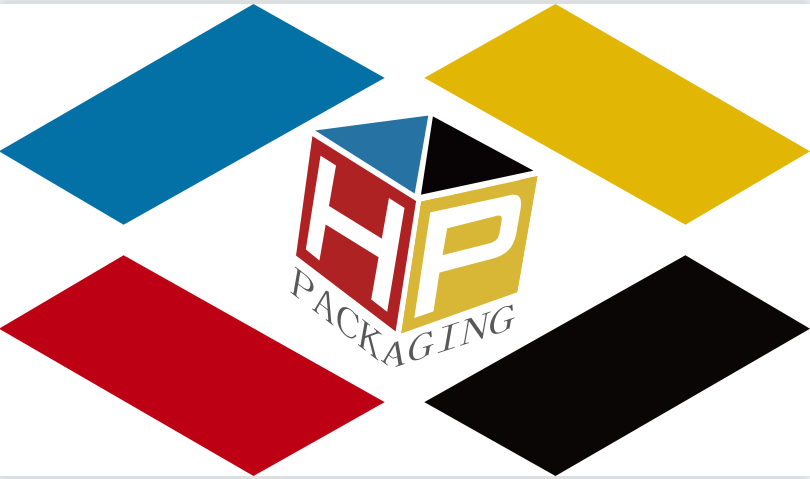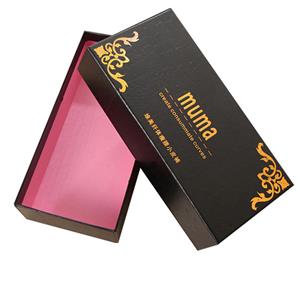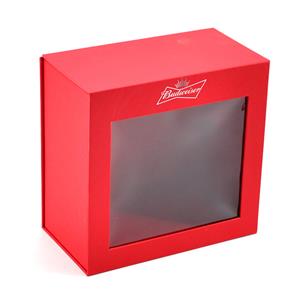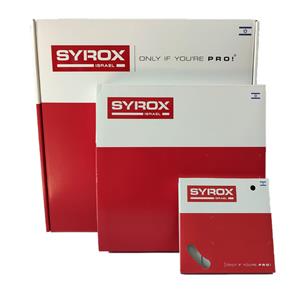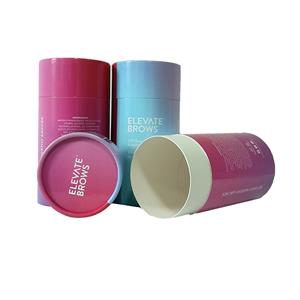The use of paper packaging in the clothing industry
The use of paper packaging in the clothing industry
1. Eco-Friendly Packaging: With increasing environmental concerns, many clothing brands are opting for eco-friendly packaging solutions. Paper packaging is a sustainable alternative to plastic or non-recyclable materials. It can be made from recycled paper or sourced from responsibly managed forests, reducing the environmental impact.
2. Apparel Boxes: Paper packaging boxes are commonly used to package clothing items. These boxes are available in various sizes and shapes to accommodate different garments, such as shirts, dresses, or suits. Apparel boxes can be customized with the brand's logo, colors, and other branding elements to create a unique and cohesive brand experience.
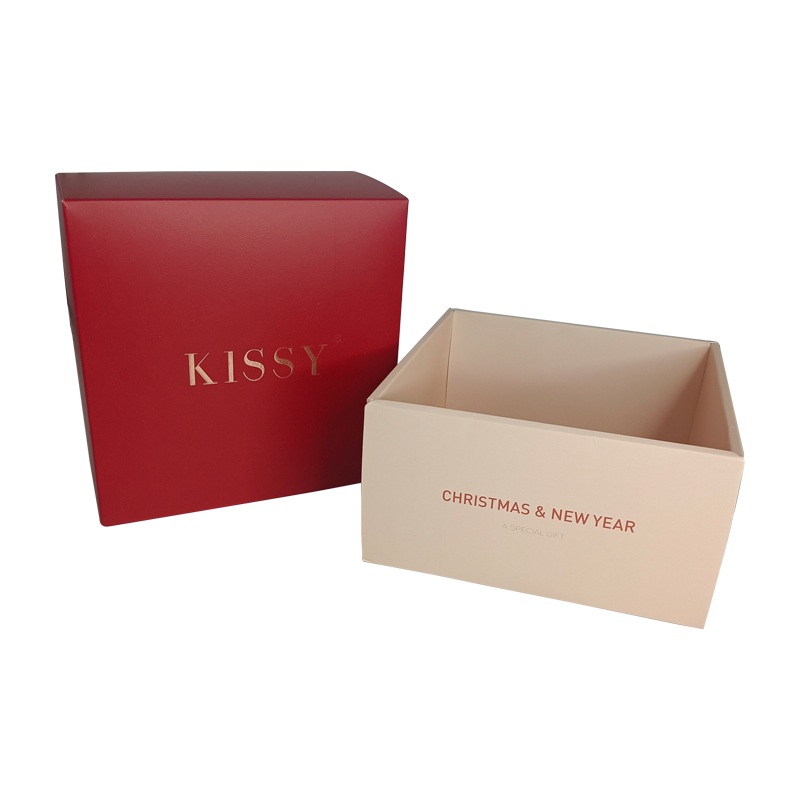
3. Gift Boxes: Clothing brands often offer gift options for special occasions. Paper gift boxes are an ideal choice for packaging clothing items as they provide an elegant and sophisticated presentation. These boxes can be embellished with ribbons, bows, or other decorative elements to enhance the gifting experience.
4. Hang Tags: Hang tags are small paper cards attached to clothing items. They typically contain the brand's logo, product information, care instructions, and pricing details. Hang tags not only provide essential information but also serve as branding tools, reinforcing the brand identity and adding a professional touch to the garment.
5. Tissue Paper: Tissue paper is commonly used in the clothing industry to wrap garments before placing them in packaging boxes or bags. It adds a layer of protection to the clothing item and enhances the overall presentation. Tissue paper can be customized with the brand's logo or pattern to create a cohesive look.
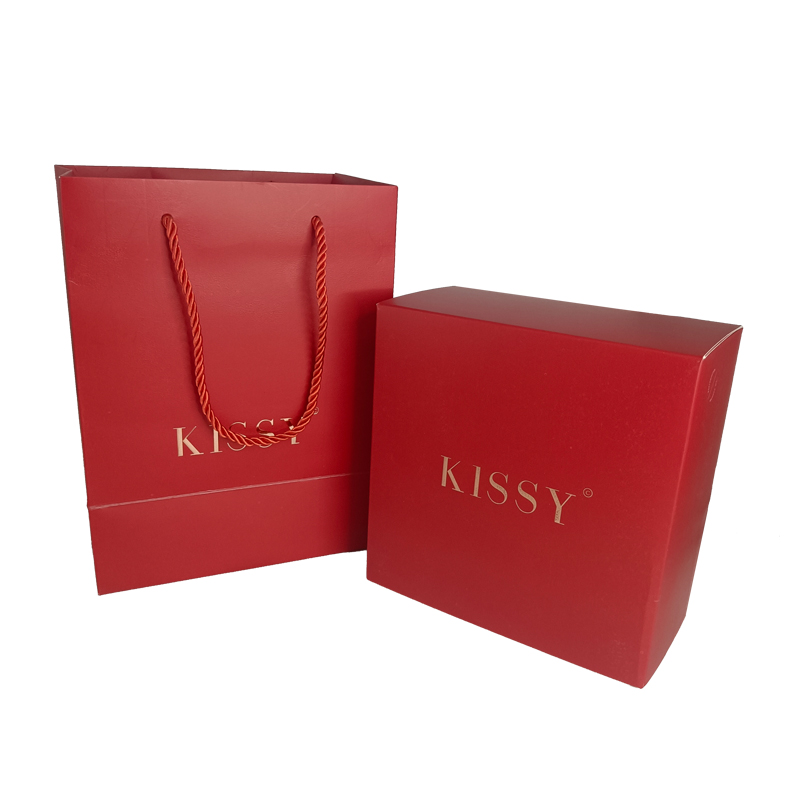
6. Shopping Bags: Paper shopping bags are widely used by clothing brands as a sustainable alternative to plastic bags. These bags can be customized with the brand's logo, colors, and other design elements to create a visually appealing and recognizable packaging solution. Paper shopping bags are not only functional but also serve as walking billboards, promoting the brand wherever they are carried.
7. Inserts and Padding: To ensure that clothing items are protected during shipping or storage, paper inserts or padding can be used. These inserts can be made from recycled paper or cardboard and are designed to fit inside the packaging boxes, providing cushioning and preventing damage to the garments.
8. Sustainable Labels: Many clothing brands are incorporating sustainable labels made from paper or other eco-friendly materials. These labels provide information about the garment's composition, care instructions, and sizing details. Using sustainable labels aligns with the brand's commitment to sustainability and appeals to environmentally conscious consumers.
The use of paper packaging in the clothing industry not only offers practical benefits but also aligns with the growing consumer demand for sustainable and eco-friendly packaging solutions. By incorporating paper packaging, clothing brands can enhance their brand image, reduce their environmental footprint, and provide an enjoyable unboxing experience for their customers.
